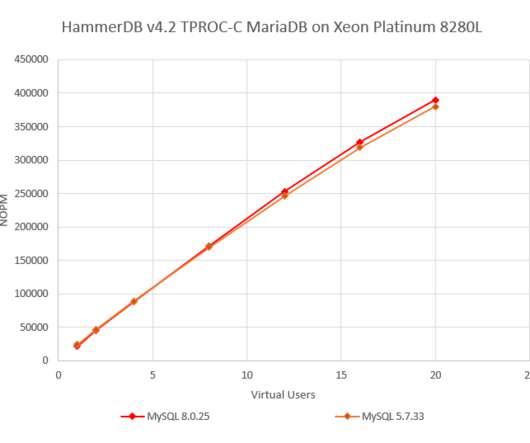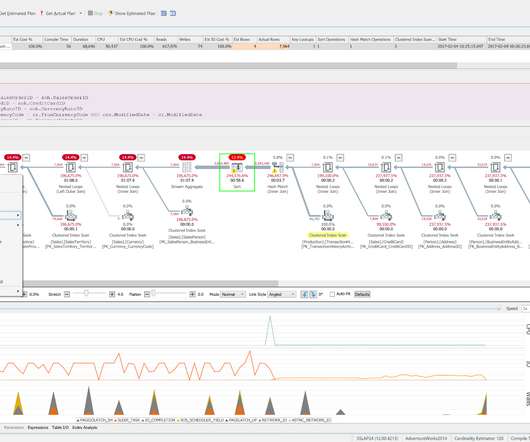Site reliability engineering: 5 things you need to know
Dynatrace
FEBRUARY 4, 2021
Site reliability engineering (SRE) is the practice of applying software engineering principles to operations and infrastructure processes to help organizations create highly reliable and scalable software systems. ” According to Google, “SRE is what you get when you treat operations as a software problem.”






















Let's personalize your content